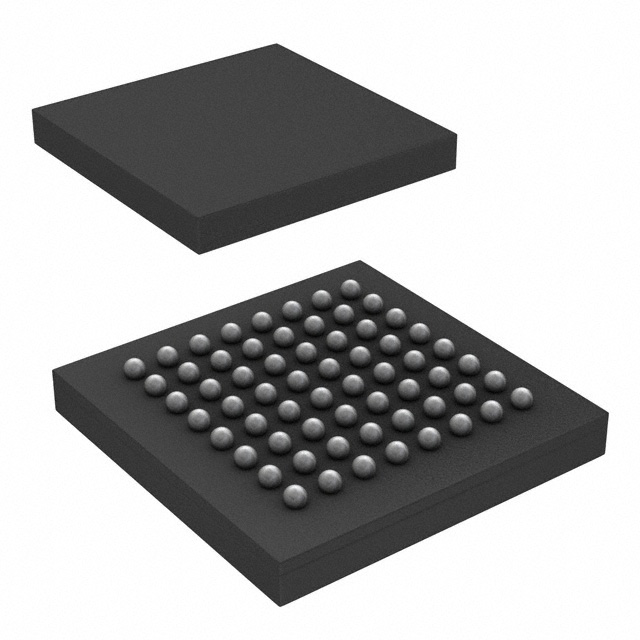

Microchip Technology
ATSAMD51J19A-UNT
Microcontrollers



.png?x-oss-process=image/format,webp/resize,p_30)


ATSAMD51J19A-UNT Description
The ATSAMD51J19A-UNT is a microcontroller unit (MCU) manufactured by Microchip Technology. It is part of the SAM D51 family of ARM Cortex-M4F-based MCUs, which are designed for a wide range of applications that require high performance, low power consumption, and advanced connectivity features.
Description:
The ATSAMD51J19A-UNT is a high-performance MCU featuring an ARM Cortex-M4F processor with a 120 MHz maximum CPU frequency. It is equipped with a floating-point unit (FPU) and supports up to 512 KB of flash memory and 192 KB of SRAM. The MCU is available in a 64-pin QFN package.
Features:
- ARM Cortex-M4F processor with FPU, running at up to 120 MHz
- Up to 512 KB of flash memory and 192 KB of SRAM
- Advanced connectivity options, including USB, Ethernet, and a wide range of communication interfaces (SERCOMs)
- Peripherals such as DMA, AES, SHA-256, and CRC
- Flexible clock system with an external oscillator and PLL for system clock generation
- Low-power modes to optimize energy consumption
- Core Coupled Memory (CCM) for high-speed data access
- Event System for efficient inter-peripheral communication
- Capacitive touch support for touch-sensing applications
- Robust security features, including secure boot and flash memory protection
Applications:
The ATSAMD51J19A-UNT is suitable for a wide range of applications due to its high performance, advanced connectivity, and low power consumption. Some potential applications include:
- Industrial automation and control systems
- Medical devices and equipment
- IoT devices and smart home appliances
- Wearable devices and fitness trackers
- Robotics and drones
- Audio equipment, such as digital signal processors (DSPs) and audio codecs
- Networking devices, including routers, switches, and IoT gateways
- Automotive applications, such as infotainment systems and body control modules
- High-fidelity sensor interfaces for precision measurement and control systems
- Graphics and display processing for human-machine interface (HMI) applications
The ATSAMD51J19A-UNT's combination of processing power, memory, connectivity options, and low power consumption make it a versatile choice for a variety of embedded systems and IoT applications.
Tech Specifications
ATSAMD51J19A-UNT Documents
Download datasheets and manufacturer documentation for ATSAMD51J19A-UNT
 SAM D5x,E5x Family Errata
SAM D5x,E5x Family Errata  SAM D5x,E5x Family Datasheet
SAM D5x,E5x Family Datasheet  ATSAMD51J19A Development Tool Selector
ATSAMD51J19A Development Tool Selector  SAM D5x,E5x Family Datasheet
SAM D5x,E5x Family Datasheet  SAM D5X/E5X 05/May/2020 SAM D5X/E5X 08/Jan/2021
SAM D5X/E5X 05/May/2020 SAM D5X/E5X 08/Jan/2021  Microchip CA Prop65 Microchip RoHS Microchip REACH
Microchip CA Prop65 Microchip RoHS Microchip REACH Relevant Search
Shopping Guide




















.png?x-oss-process=image/format,webp/resize,h_32)










